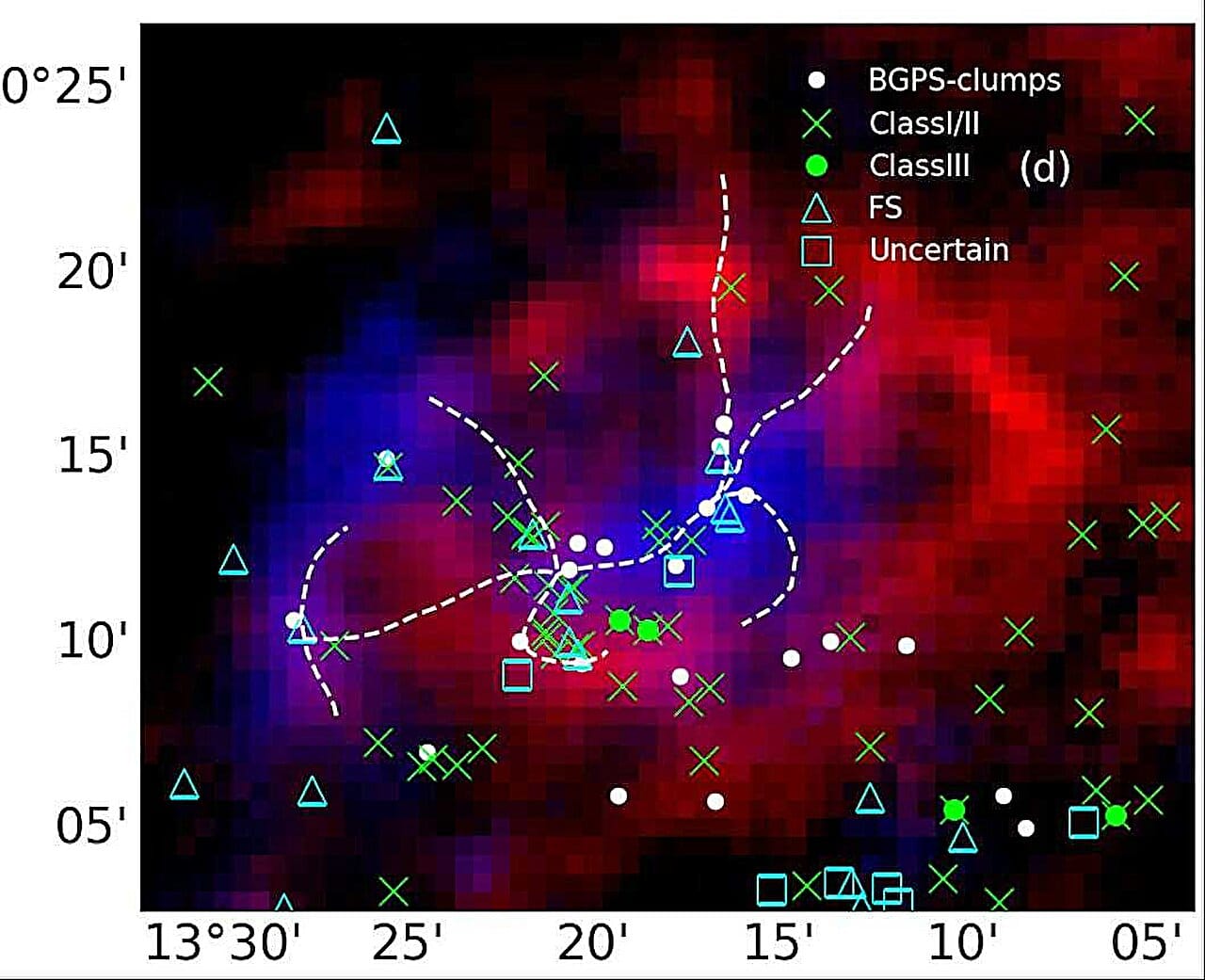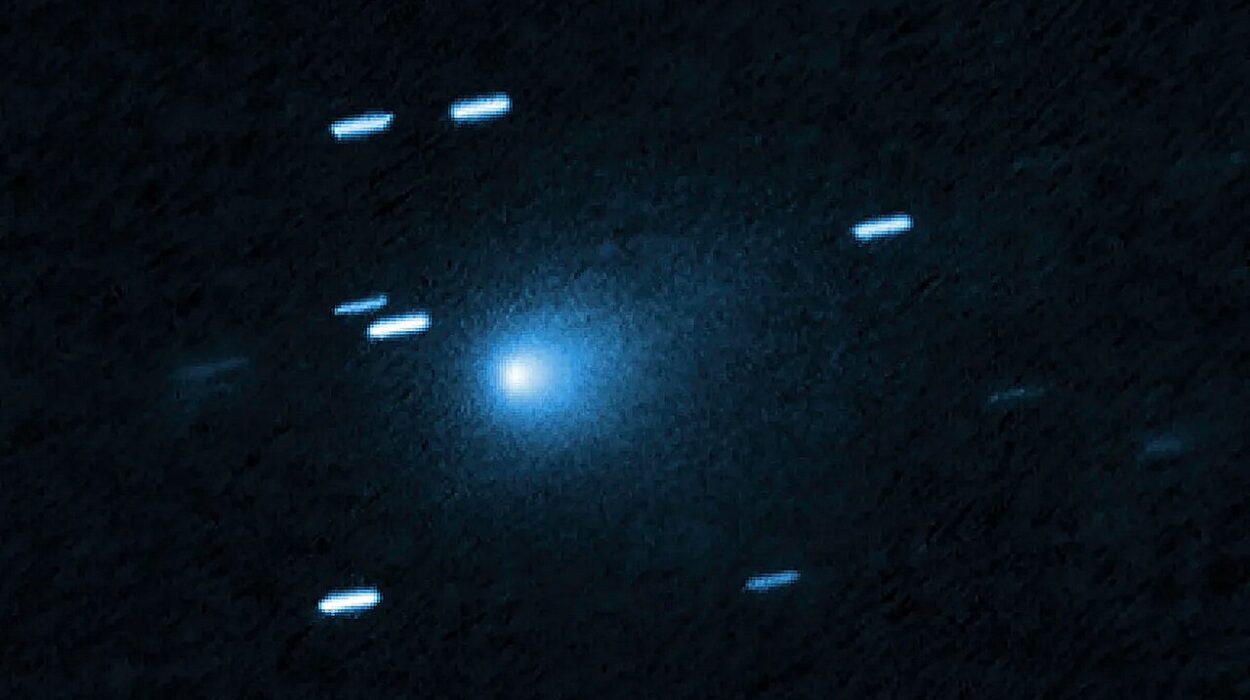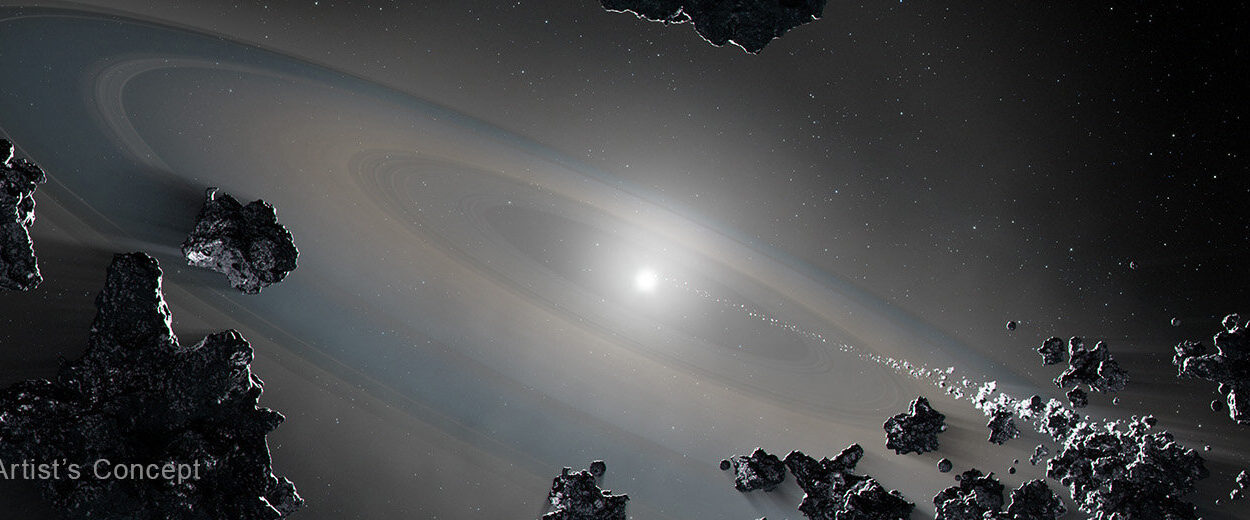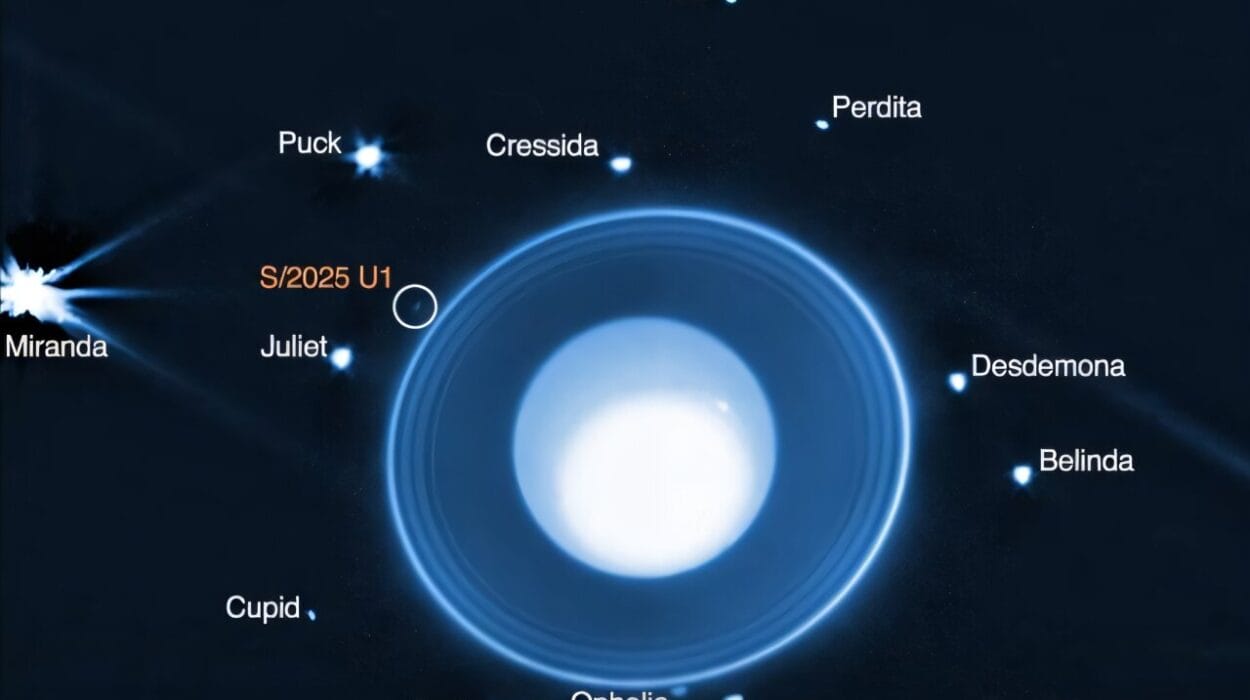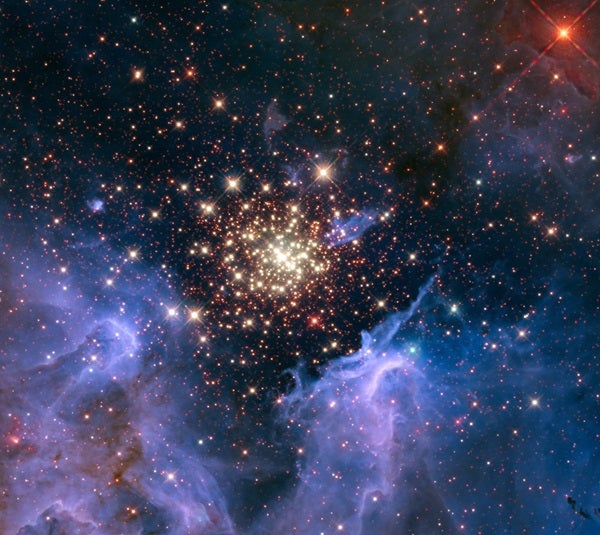In the quiet expanse of the Milky Way’s starry lanes, an invisible drama has unfolded—one that echoes with the forces that built the stars and, by extension, us. A recent study led by Dilda Berdikhan, a Ph.D. student at the Xinjiang Astronomical Observatory (XAO) of the Chinese Academy of Sciences, has revealed compelling new evidence that a massive cloud–cloud collision in our galaxy has ignited the birth of a fresh generation of stars.
The study, published in the journal Astronomy & Astrophysics, zooms in on a dense, dynamic molecular region known as G013.313+0.193—or simply G013.313—nestled along the bustling plane of the Milky Way. There, deep in a part of space often hidden from optical view, two massive clouds of gas collided with just the right force, over the right timescale, and under the right conditions to spark something extraordinary: active star formation.
When Clouds Collide, Stars Are Born
Star formation may seem serene to us here on Earth, but in the cosmic theatre, it is often sparked by violence. Giant molecular clouds—enormous, cold, and dense regions of gas and dust—are the birthplaces of stars. Under normal conditions, these clouds can sit undisturbed for millions of years. But when two such clouds crash into each other at high speeds, they compress each other, heating and densifying the gas inside until it reaches critical thresholds, triggering gravitational collapse. This collapse marks the first moments in the life of a star.
In G013.313, researchers have now confirmed that this exact process has taken place.
Using radio wave observations from the NanShan 26-m Radio Telescope and millimeter-wavelength data from the Delingha 13.7-m telescope operated by Purple Mountain Observatory, Berdikhan and her team were able to pierce through the opaque veils of the interstellar medium to observe the inner dynamics of the cloud complex.
They discovered that G013.313 actually contains two distinct molecular clouds—one moving faster than the other. The clouds, named G013.313-blue and G013.313-red, overlap not just in space but in velocity—a critical clue suggesting that they didn’t just pass each other by, but collided.
A Signature Written in the Sky
The spatial and velocity structures of the clouds tell a compelling story. G013.313-blue and G013.313-red exhibit spatial features described as “U-shaped” and “S-shaped”, patterns often seen in numerical simulations of cloud–cloud collisions. The team also identified “bridge” features in velocity space—filaments of gas moving at intermediate speeds between the two main clouds. These bridges are considered hallmark signatures of gas stirred by turbulent impact.
By analyzing these structures and calculating the momentum of the clouds, the researchers estimated that the collision occurred somewhere between 350,000 and 1.03 million years ago. That’s an incredibly short span on cosmic timescales—but long enough to allow the compressed gas to respond.
And respond it has.
A Cosmic Cradle: The Hub-Filament System
One of the most fascinating results from the study is the discovery of what astronomers call a hub-filament system (HFS) in the collision-compressed region of G013.313.
In these systems, long filamentary streams of gas channel material into a central “hub”—a high-density region where the gas builds up until it can no longer support its own weight. That’s when gravity takes over, and stars begin to form.
The team found multiple filaments converging on hubs, a structure that aligns perfectly with current models of how massive stars and star clusters form. In fact, 21 dense clumps of matter—places where star formation is imminent or already underway—were detected in this region, along with 94 young stellar objects (YSOs) that have already formed.
These findings don’t just suggest that stars are forming—they show that they are forming now, and that the collision was the likely trigger.
Star Formation: A Story Woven into the Galaxy
Star formation is not just a local curiosity. It is a process that shapes the entire evolution of galaxies. Every star, planet, comet, and even every atom in your body was once forged or touched by this process.
Understanding how stars are born helps us trace the cosmic web back to its origins and look ahead to its future. In the case of massive star formation—the kind of stars that live fast, burn bright, and end their lives in spectacular supernovae—the stakes are even higher. These stars enrich the galaxy with heavy elements, sculpt interstellar space with their radiation, and trigger the next rounds of star formation in their wake.
But massive stars are rare, and their births are quick and turbulent, making them hard to catch in the act. That’s why G013.313 is such a valuable laboratory for astronomers.
A New Piece in the Puzzle of Stellar Genesis
While the idea that cloud–cloud collisions could trigger star formation has existed for decades, direct observational evidence has often been limited or ambiguous. G013.313 now offers a clear, robust case that adds significant weight to the theory.
Berdikhan and her team’s work doesn’t just confirm the theory—it also brings nuance to it. The detailed structure of the hub-filament system, the matching timescales between the collision and the young stars, and the complexity of the spatial and velocity signatures all help refine our understanding of how such events play out.
Moreover, this study opens the door for future investigations. Similar methods can now be applied to other regions of the galaxy suspected of cloud–cloud collisions. As telescope technology continues to advance—particularly with instruments like ALMA (Atacama Large Millimeter/submillimeter Array) and the upcoming Square Kilometre Array—scientists will be able to peer deeper and with greater clarity into these stellar factories.
The Human Thread in Cosmic Research
What makes this study particularly inspiring is the story behind it. Dilda Berdikhan, a young Ph.D. student, has led a project that contributes to one of the most fundamental questions in astrophysics: How are stars born? It is a testament to the power of curiosity and dedication that new voices in science can still uncover profound truths about our universe.
Though we live our lives far removed from the cold molecular clouds drifting through the spiral arms of the Milky Way, we are made of the material they produce. The carbon in our cells, the iron in our blood, the calcium in our bones—all were forged in the hearts of stars like those now forming in G013.313.
So when we study how stars are born, we’re not just looking outward. We’re also looking inward, into our past, and perhaps, into our destiny.
More information: Dilda Berdikhan et al, Cloud-cloud collision and star formation in G013.313+0.193, Astronomy & Astrophysics (2025). DOI: 10.1051/0004-6361/202453285
